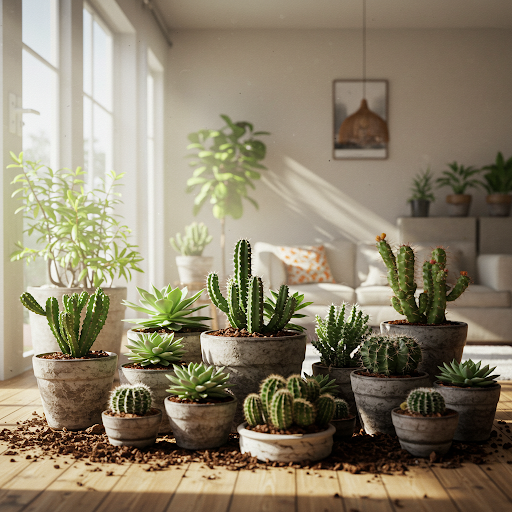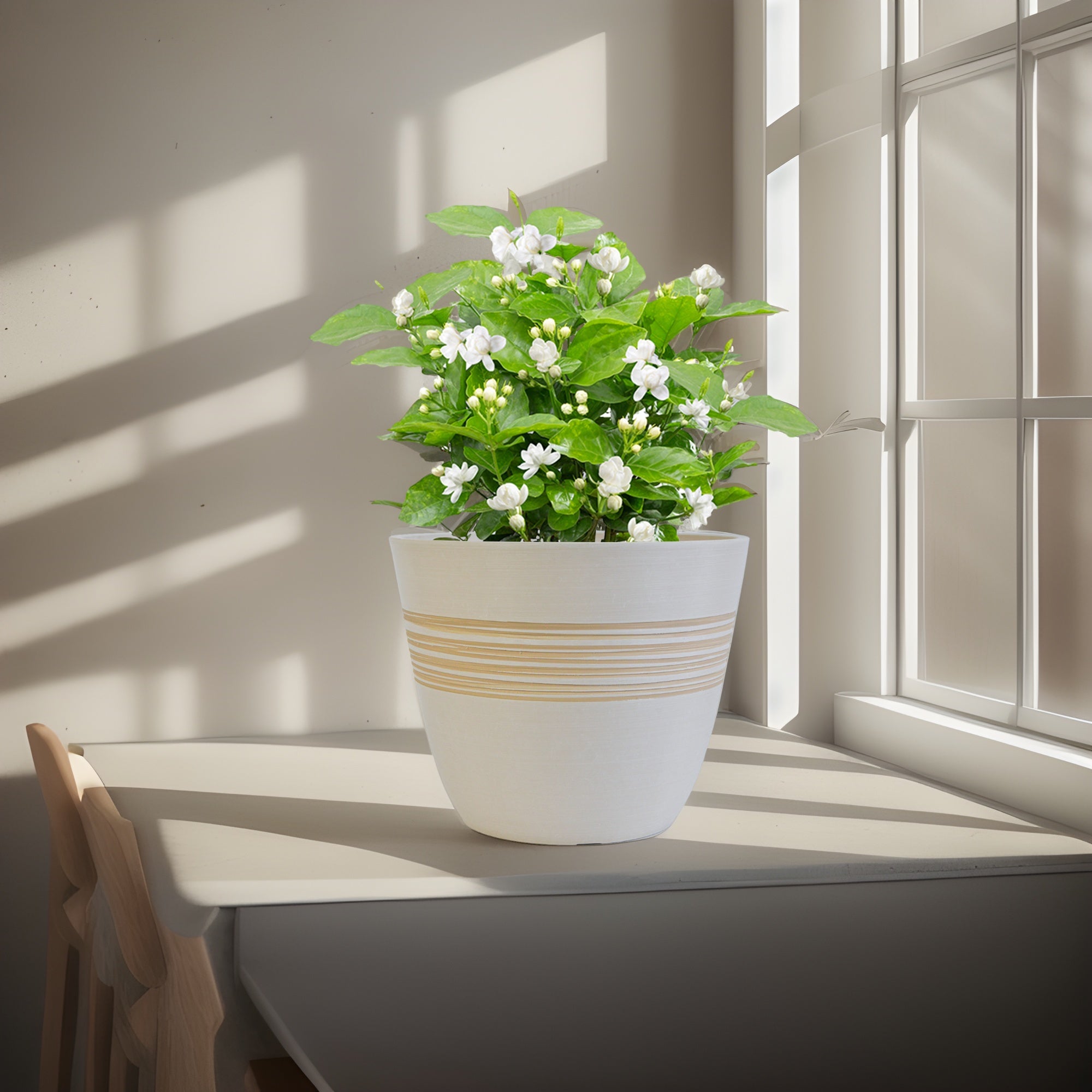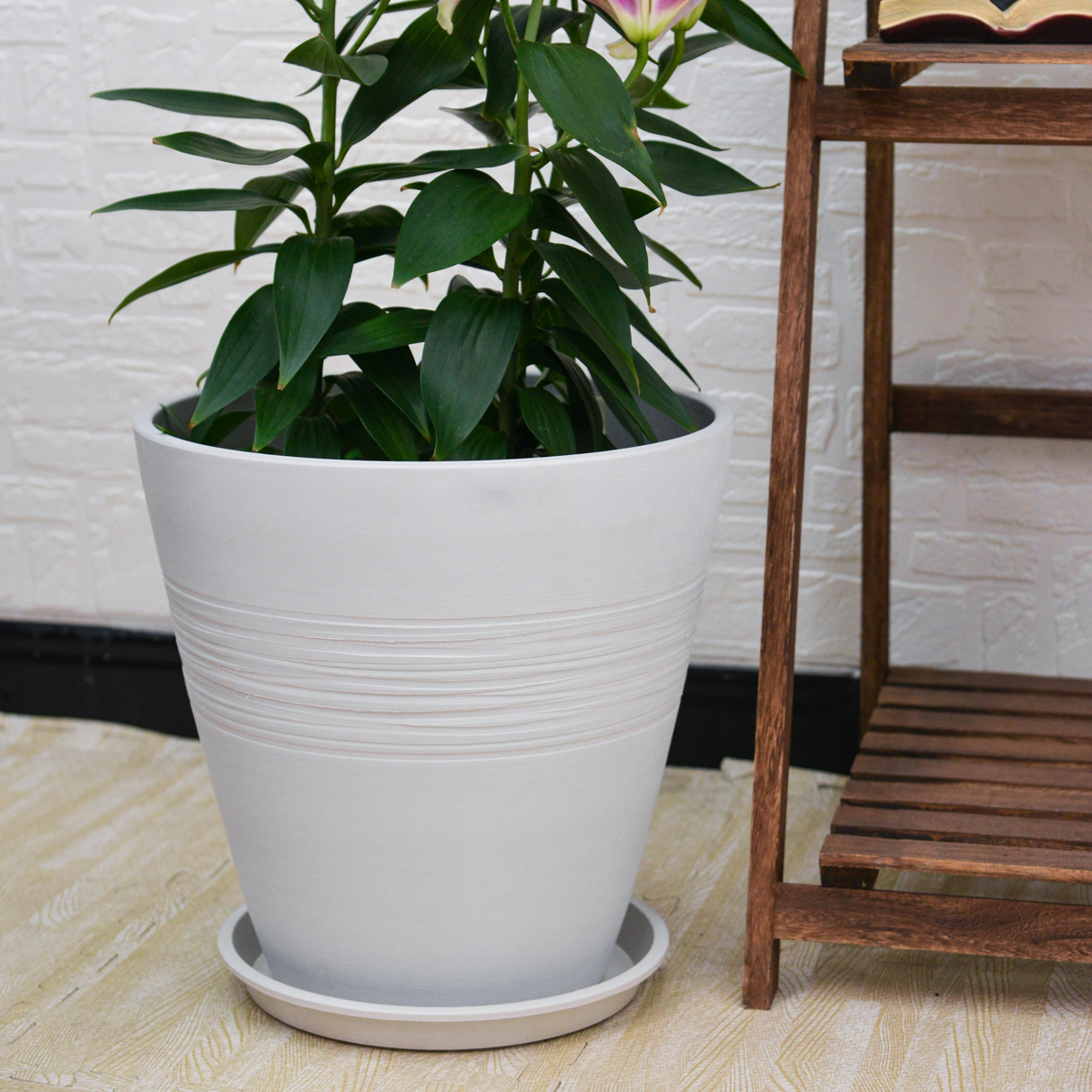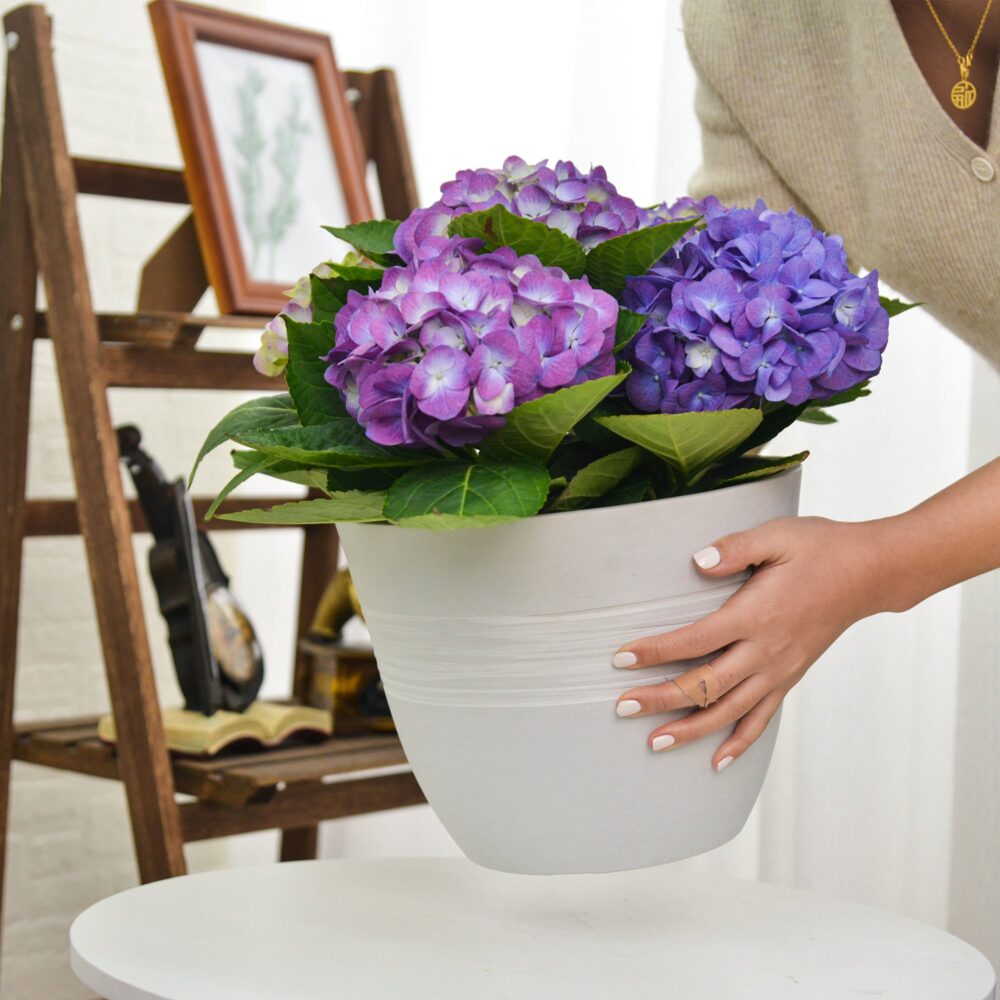Beyond the Bag: Crafting the Perfect Soil Mix for Your Potted Plants
While pre-packaged potting mixes offer convenience, creating your own soil blend can be a game-changer for the health and vibrancy of your potted plants. Just like choosing the right pot, providing the ideal soil “home” tailored to your plant’s needs and your local environment is a crucial step in successful gardening. Let’s explore why and how to mix your own potting soil.

Why Make Your Own Potting Mix?
- Better Results: While many reputable gardening brands offer excellent pre-made mixes, these are often designed to be “general-purpose.” For optimal growth, understanding your specific plant’s requirements and your unique growing conditions allows you to create a customized blend that outperforms a one-size-fits-all option.
- Control Over Ingredients: Mixing your own soil gives you complete control over the components, ensuring the right balance of drainage, aeration, and water retention for your plants.
- Cost-Effective for Multiple Plants: If you have more than a few potted plants, mixing your own soil can be more economical in the long run.
Is Mixing Your Own Soil Difficult?
It requires a little more effort than simply opening a bag, but it’s certainly manageable for most gardeners. The basic ingredients are readily available, and the mixing process is straightforward.
The Basic Ingredients for a DIY Potting Mix:
While specific ratios will vary depending on the plant, the four main components you’ll likely use are:
- Peat Moss or Coco Coir: These provide excellent water retention while maintaining good aeration. Coco coir is often considered a more sustainable alternative to peat moss.
- Perlite or Pumice: These lightweight volcanic materials improve drainage and aeration, preventing the soil from becoming compacted.
- Vermiculite: This mineral helps retain moisture and nutrients while also improving aeration.
- Compost: Provides essential nutrients and beneficial microbes to the soil, improving overall soil health.
Principles to Follow When Mixing Your Own Soil:
- Understand the Properties of Each Ingredient: Just like a chef needs to know their ingredients, a gardener needs to understand how each component contributes to the overall soil mix. For example, peat moss and coco coir hold water, perlite and pumice improve drainage, and compost adds nutrients.
- Know Your Plant’s Needs: Different plants have different soil requirements. For instance, succulents need fast-draining soil, while moisture-loving plants prefer a mix that retains more water. Research your specific plant’s needs regarding drainage, aeration, and nutrient requirements.
- Consider Your Growing Environment: Your local climate and growing conditions play a significant role in determining the ideal soil mix.
- Humid Climates: In areas with high rainfall and humidity, it’s crucial to create a mix with excellent drainage by increasing the proportion of perlite or pumice.
- Dry Climates: In drier regions, a mix with a higher proportion of peat moss or coco coir can help retain moisture for longer.
- Indoor vs. Outdoor: Indoor plants generally require a mix that retains moisture a bit longer than outdoor plants, which are exposed to more sun and wind.
- Container Type: The type of pot you use also matters. Terracotta pots are porous and dry out quickly, so you might need a mix that retains more moisture compared to plastic or glazed ceramic pots.
General Guidelines for Different Plant Types:
Keep in mind that these are general recommendations, and you should always research the specific needs of your plants.
- General Houseplants: A good starting mix is often equal parts peat moss or coco coir, perlite, and compost. You can adjust the proportions based on your specific plant’s needs.
- Succulents and Cacti: These plants need fast-draining soil. A common mix is equal parts potting soil (which often contains peat or coir), perlite or pumice, and coarse sand. You can also use a specialized succulent and cactus mix available at garden centers.
- Acid-Loving Plants (e.g., Azaleas, Blueberries, Rhododendrons): These plants thrive in acidic soil. Use a mix that is high in peat moss or specifically formulated for acid-loving plants.
- Vegetables and Herbs: A rich, well-draining mix is ideal. Combine equal parts compost, peat moss or coco coir, and perlite or vermiculite.
- Orchids (Epiphytic): These require very airy and fast-draining mixes, often consisting primarily of orchid bark, perlite, and sometimes sphagnum moss.

Tips for Mixing Your Own Soil:
- Start Simple: If you’re a beginner, start with basic recipes and gradually adjust as you gain experience.
- Mix Thoroughly: Ensure all the ingredients are well combined for a consistent texture and nutrient distribution.
- Don’t Use Garden Soil: Avoid using regular garden soil in containers, as it tends to compact and doesn’t provide adequate drainage and aeration.
- Consider Pre-Made Mixes as a Base: You can also amend high-quality pre-made potting mixes to better suit your specific plants by adding more perlite for drainage or peat moss/coco coir for moisture retention.
Conclusion: Tailoring Your Soil for Happy Plants
While pre-made potting mixes offer a convenient starting point, understanding the principles of soil composition and tailoring your own blends can significantly improve the health and growth of your potted plants. By considering the properties of different ingredients, your plant’s specific needs, and your local growing environment, you can create the perfect soil “home” and watch your plants thrive. Don’t be afraid to experiment and learn – the journey of creating the ideal soil mix is a rewarding part of the gardening experience!
Planter for Indoor Outdoor Plants, Set of 2 Modern Decorative Plant Pots with Drainage Hole, Decorative Flower Pots
By greenship-seo|2025-04-10T07:46:01+00:00January 9, 2025|Categories: Hand-carving Series|Tags: Decorative Flower Pots, Self-Watering Pots|
HS
By greenship|2024-08-13T06:45:17+00:00August 13, 2024|Categories: Hand-carving Series|
KC2-GS
By greenship|2024-08-16T06:30:21+00:00August 16, 2024|Categories: Hand-carving Series|
Planter for Indoor Outdoor Plants, Set of 2 Modern Decorative Plant Pots with Drainage Hole, Decorative Flower Pots
By greenship-seo|2025-01-14T12:26:44+00:00January 14, 2025|Categories: Hand-carving Series|Tags: Decorative Flower Pots|
k2-21G
By greenship|2024-08-13T06:17:26+00:00August 13, 2024|Categories: Hand-carving Series|
20VD
By greenship|2024-08-13T06:43:41+00:00August 13, 2024|Categories: Hand-carving Series|






